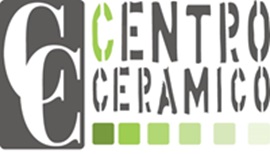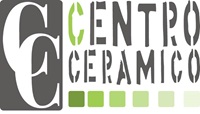- Keywords: Surface treatments, Photocatalysis, Antibacterial, Ceramic support
Photocatalysis is a natural phenomenon in which a substance, called photocatalyst, through the solar or artificial light, modifies the reaction rate of a chemical reaction, producing a strong oxidation process that decomposes and convert organic and inorganic pollutants into innocuous substances. Typical photocatalysts are metal composites, among which, the most efficient and used is titanium dioxide.
Surfaces treated with photocatalytic coatings are able to perform three main actions:
- Antipollution: reduction of air toxic pollution produced by cars, factories, domestic heating, …
- Self-cleaning: dirt removal from indoor and outdoor surfaces
- Antibacterial: inhibition of mold, fungus and bacteria proliferation.
In Italy the scientific research on photocatalysis has followed the Japanese example. In the last fifteen years, the scientific interest on this phenomenon has had an exponential growth trying to find new solutions to fulfil practical needs. To this end, Centro Ceramico has focused its research activity on the development of innovative traditional ceramic materials with photocatalytic and antibacterial surface properties, with the aim to satisfy the ceramic companies needs: to develop materials with antipollution and antibacterial properties and preserving, at the same time, the aesthetical appearance.
Some first important results on this theme were achieved thanks to the experimental activities performed by PhD students and graduating students during their thesis at Ceramic Centre or during several internal studies. These important results has allowed to perform research on direct request of companies and to participate to funded national and regional research project.
At now the scientific research at Centro Ceramico is directed toward the improvement of the durability of photocatalytic and antimicrobial surface treatments. Photocatalysts, as titanium dioxide, do not use up their activity during time, because it is continuously renovated by the reaction itself. The choice of the materials and the optimization of the application process contributes to increase the temporal efficacy of the treatment.
Main Scientific Papers
- E. Rambaldi, G. Bonvicini, A. Albertazzi, G. Timellini: “Chemical and microstructural ageing of ceramic glazes”, cfi-Ber. DKG, 91, 2014, 58-61.
- E. Rambaldi, B. Mazzanti, S. Fazio, G. Bonvicini, A. Albertazzi, “Chemical durability of ceramic tile surfaces in acid environment”, Proceedings Qualicer, XIIth World congress on ceramic tile quality, Castellon de la Plana, Spain, 13-14 February 2012, 4pp, ISBN 978-84-95931-38-2, Cámara de Comercio de Castellón.
- E. Rambaldi, A. Albertazzi, G. Bonvicini, B. Mazzanti, S. Fazio: “Ceramic tile surfaces in acid environment: study of the topographic, microstructural and mechanical changes”, XII International Conference & Exhibition of the European Ceramic Society, 19-23 June, 2011, Stockholm, Sweden.
- E. Rambaldi, A. Tucci, L. Esposito, D. Naldi, G. Timellini, “Nano-oxides to improve the surface properties of ceramic tiles”, Boletin de la Sociedad Espanola de Ceramica y Viario, 49(4), 2010, 253-258.
- E. Rambaldi, A. Tucci, L. Esposito, D. Naldi, G. Timellini, “Effects of nano-oxides on the surface properties of ceramic tiles”, Proceedings Qualicer, XIth World congress on ceramic tile quality, Castellon de la Plana, Spain, 15-16 February 2010, 10 pp, ISBN 978-84-95931-37-5, Cámara de Comercio de Castellón.
- V. Cannillo, L. Esposito, E. Rambaldi, A. Sola, A. Tucci: “Microstructural and mechanical changes by chemical aging of glazed ceramic surfaces”, Journal of the European Ceramic Society, 29, 2009, 1561-1569.
- E. Rambaldi, L. Esposito, A. Tucci, G. Baldi, A. Sola, V. Cannillo: “Zirconia and Alumina nano particles to increase the surface properties of ceramic tiles”, XI International Conference & Exhibition of the European Ceramic Society, 21-25 June, 2009, Krakow, Poland.
- L. Esposito, E. Rambaldi, A. Tucci, G. Bonvicini, A. Albertazzi, G. Timellini: “Chemical aging and microstructural changes of glazed ceramic tile surfaces”, cfi-Ber. DKG, 85 (6), 2008, 64-67.
- E. Rambaldi, A. Albertazzi, G. Bonvicini, L. Esposito, A. Tucci: “Chemical aging and microstructural-mechanical changes of ceramic tile surfaces”, X International Conference & Exhibition of the European Ceramic Society, 17-21 June, 2007, Berlin, Germany.
- E. Rambaldi, A. Tucci, L. Esposito: “Traditional ceramic material for the environmental safety”, 10th EuCheMS-DCE International Conference in the Environment: our choice, our life. Research, Education and Professional, 4-7 September, 2005, Rimini.
Contact:
Dr. Elisa Rambaldi: rambaldi@centroceramico.it
Direct phone number: +39 051 0250119
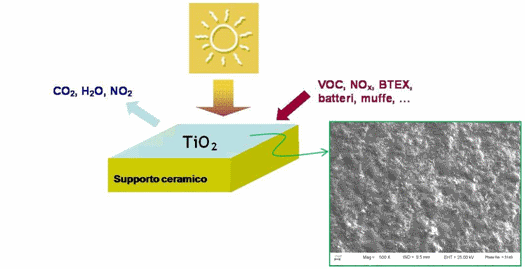
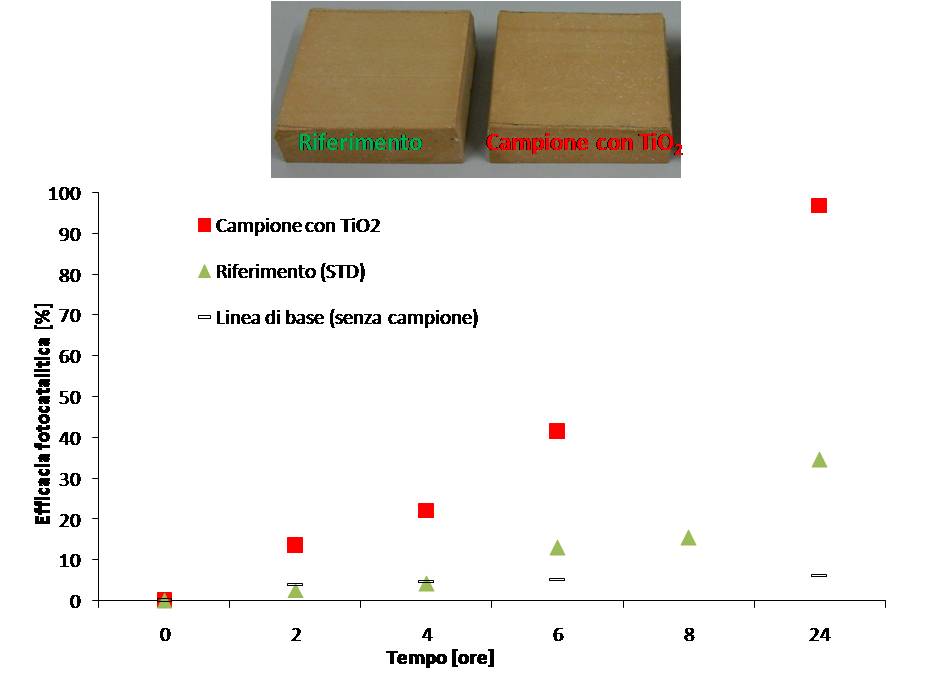
Research Projects
- Project ITALICI
Innovation and tradition for technological advance of the heavy clay industry and internationalisation of Italian building.
MSE – Industria 2015 – Made in Italy, 2009
- Project CENTRO CERAMICO Laboratory
Emilia-Romagna Region PRRIITT: Regional Programme for Industrial Research, Innovation and Technology Transfer. MEASURE 4 “Network Development”, ACTION A – Research and Technology Transfer Laboratories. Call November 26, 2007 (DGR no. 1853/07).
- Job orders by Companies of the Ceramic District.
Patents
- “Photocatalytic ceramic article and method for its production”
Giovanni PELLICELLI, Antonella TUCCI, Elisa RAMBALDI, Publication number: WO2010146410 (A1); Request number: PCT/IB2009/006002; European patent n. 2443076 A1 – USA patent n. 20120115712 A1 – Chinese patent n. 102438967 A

![]()
![]()

![]()
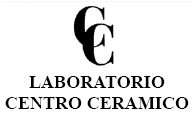
![]()
![]()


